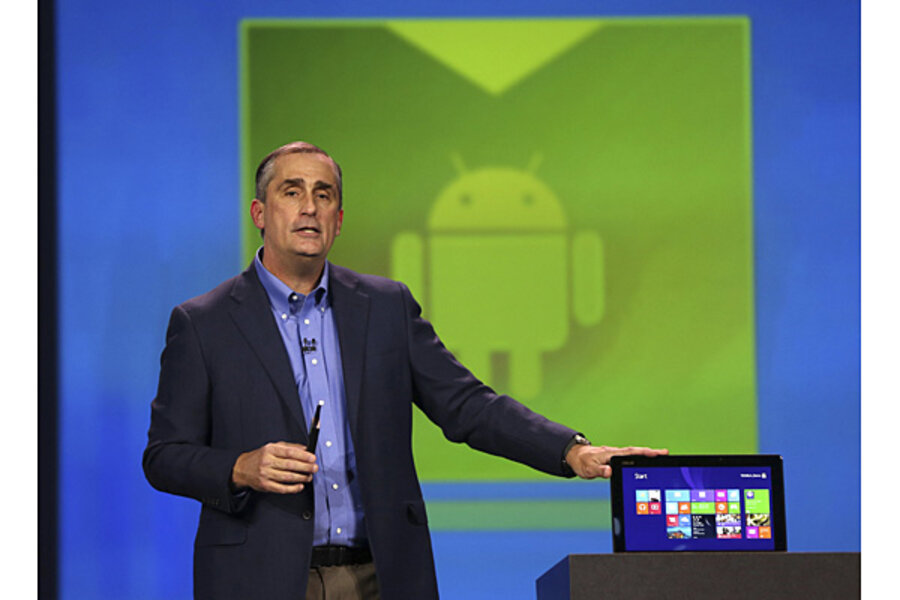CES car news: Audi, GM, Audi, and Hyundai get Google Android capabilities
Loading...
The Detroit Auto Show doesn't start until next week, but car fans are already feasting on lots of great auto news thanks to the Consumer Electronics Show.
One of CES' biggest announcements involves an intriguing partnership between Audi, General Motors, Honda, and Hyundai. Along with tech firms Google and NVIDIA, the four automakers have created the Open Automotive Alliance, a consortium working to make connected cars a reality.
THE "CONNECTED CAR"
What, exactly, is a "connected car"? The definition is still a little slippery, but as we see it, connected cars have two key features:
1. They contain vehicle-to-vehicle safety systems, which allow them to communicate with other cars as well as infrastructure elements like stop lights and traffic cameras. So, for example, if a connected car were entering a blind corner, and there were a disabledvehicle stopping traffic around the bend, the car's V2V system would alert the driver to slow down or even apply the brakes on her behalf. V2V technology boosts driver safety and accelerates the roll-out of fully autonomous vehicles.
2. They contain infotainment systems, which offer drivers and passengers access to traffic, navigation, email, text messages, music, video, and dozens of other elements. These systems provide a seamless link to the data and entertainment features we enjoy at home, at the office, and elsewhere.
There are likely many other features that will typify tomorrow's connected cars, but these are the most obvious ones to date.
ANDROID
The fact that automakers are working together to create standards for connected cars isn't especially unusual. Just a couple of years ago, a slightly larger group of companies created theCar Connectivity Consortium to establish a list of best practices for the way that infotainment systems interact with smartphones.
No, what's remarkable about the Open Automotive Alliance is that the participants have put their eggs in the Android basket, betting that Google's popular, open-source operating system will be the best platform for in-car technology. According to the Open Automotive Alliance website:
We're dedicated to accelerating innovation in the car with an approach that offers openness, customization and scale. We believe that a common platform will help drive innovation, and make technology in the car safer and more intuitive for everyone.
Why is that shocking? Because until now, it's seemed as if every automaker on Planet Earth was attempting to create its own, proprietary infotainment system -- even though, as we've mentioned before, most have been dismal failures. Of course, Android is thoroughly customizable, so it's likely that car companies will still create closed app environments (much like Amazon has done with the Kindle Fire, which runs on a tweaked version of Android). But the fact that they're relying on the same base operating system could make interacting with that system easier and more intuitive for drivers. As the Alliance says in its FAQ:
Drivers are already trying to access Google services while they’re on the road, but in ways that aren’t always seamless or safe. By working with automakers to deliver these experiences in ways that make sense for the automobile, drivers can get what they’re looking for without disrupting their focus on the road.
The Open Automotive Alliance says that the first Android-based vehicles will be available before the end of 2014.
OUR TAKE
This is welcome news, though it comes a little late for our tastes. It's been obvious for years that both V2V and infotainment apps would be central to tomorrow's driving experience. Why automakers waited this long to create standards, we can't say.
If the Open Automotive Alliance had gelled sooner, it might've squelched Apple's efforts to dominate dashboards. (Not to mention AT&T's, which were just unveiled at CES.) We enjoy competition in the marketplace as much as anyone, but when it comes to car safety, we're fans of consistency.
Then again, as an increasing number of internet-ready automobiles hit the road, we suppose it's better late than never.







